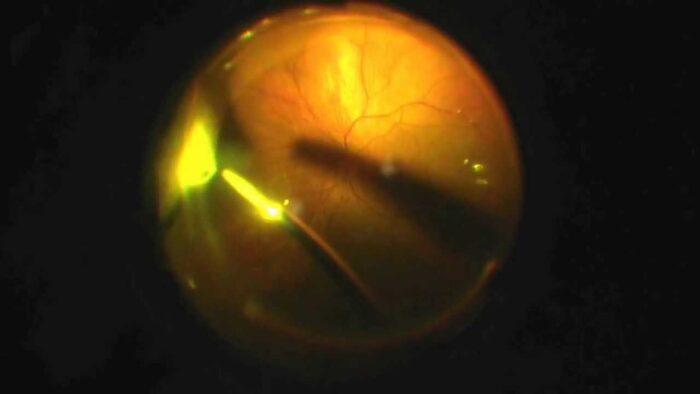


What Is Neuro-Opthalmology
This super speciality field deals with the nerve behind the eye and the relationship between the eye and the brain.
Pupillary light reflex
When light is shone to one eye, both the pupils should constrict. Constriction of pupil to which light is shone is direct lighy reflex and constriction of the other pupil is called indirect light reflex.
1. Amaurotic light reflex
2. Marcus Gunn pupil
3. Wernicke’s hemianopic pupil
4. Adie (tonic) pupil
Third Cranial Nerve Palsy
The 3rd cranial nerve that is occulomotor nerve is responsible and controls the movements of superior rectus, inferior rectus, medial rectus, inferior oblique muscles. A complete palsy of 3rd nerve causes limitations of ocular movements in all fields of gaze except abduction.
Causes: It may be congenital. Acquired 3rd nerve palsy can be associated with head injury, migraine, brain tumor, aneurysm, trauma.
Symptoms: Diplopia, Ptosis and restricted eye movement s with or without pain.
Fourth Nerve Palsy
Trochlear nerve innervates the superior oblique muscle, so weakness of this nerve is also known as superior oblique palsy. It causes deficient inferior movement of an eye while looking down and in.
Causes: It may be congenital or acquired.
Trauma, vascular infarct, demyelinating disease, tumor and aneurysm.
Symptoms: Binocular vertical diplopia, difficulty in reading, head tilt, sensation that objects appear tilted.
Sixth Nerve Palsy
Sixth nerve innervates the lateral rectal muscle. Abducens nerve palsy causes deficient lateral movement of the eye.
Causes: Vasculopathic hypertension, trauma, increased intracranial pressure, vasculitis, meningeal inflammation, aneurysm.
Symptoms: Binocular horizontal diplopia
Myasthenia Gravis
It’s an auto immune disease that attacks and interrupts the connection between neuromuscular junction. It may be associated with underlying thyroid dysfunction, thymic enlargement and other auto immune diseases like systemic lupus erythematasus, rheumatoid arthritis.
Symptoms: Painless droopy eyelids, double vision, weakness of facial muscles, difficulty in swallowing or breathing.
Optic Neuritis
It is an inflammation of optic nerve. If the optic nerve is swollen, damaged or infected, it causes visual disturbances.
Symptoms: Blurred vision, colors appearing dull and faded, pain while moving eyes.
Optic Atrophy
It is an atrophic condition of the optic disc where the optic nerve is degenerated.
Types:
1. Primary optic atrophy
2. Secondary optic atrophy
3.Consecutive optic atrophy
4. Ischaemic optic atrophy
5. Toxic optic atrophy
6. Eulaucamatous optic atrophy
RKEC Advantage
A comprehensive evaluation is performed routinely and we treat a host of disorders involving the neural apparatus of the eye and beyond.

At RK Eye Centre, we have always strived to keep up with the advancements in the
field of cataract surgery….

With cosmetic correction of refractive error becoming more and more acceptable among the general public we offer .

Glaucoma is a group of eye diseases that is eventually cause damage to the optic
nerve. Most commonly it is caused..

At RK Eye Centre, we have embraced the rapid strides in technology especially in the field of diagnostic…

With an increase in the demand for cosmetic surgery we offer a range of procedures
like..

This super speciality offers the latest in the management of various eye problems seen
in the Pediatric..

Various corneal problems like infectious keratitis (infections of the cornea), Autoimmune
related peripheral..

This super speciality field deals with the nerve behind the eye and the relationship
between the eye and the brain.